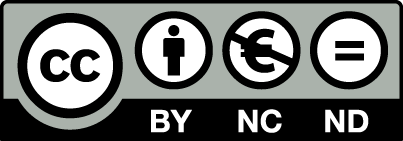Position and Comparative Advantages of Sectors and Countries in Global Value Chains
Tomáš OLEŠ
https://doi.org/10.53465/EDAMBA.2022.9788022550420.287-299
Abstract: This paper contributes to the empirical evidence on the position of each industry in the world production chains in 2014. Using the World Input-Output database we have documented the longest output supply and value-added demand production chain for the sector of manufacturing and services and the shortest production chains for the construction sector and sector of public services. Based on the structural interpretation proposed by Fally (2012) we identify industries, with the most/least possible negative impact on output if a negative shock to productivity due to the upcoming fossil-fuel crisis in Europe would occur in the industry of gas and coke and refined petroleum products manufacturing. We also documented new revealed comparative advantages for each industry, and we find highly prevalent industries with comparative advantages, especially in the manufacturing and service sectors. We find, that countries with higher revealed comparative advantages tend to vertically specialize more than those without them. The same observation does not hold for most of the sectors.
Keywords: Input-Output analysis, fragmentation of production, supply and demand chain length
JEL classification: F13, F14, 024
Fulltext: PDF
Online publication date: 3 March 2023
ISBN: 978-80-225-5042-0
Publisher: University of Economics in Bratislava
Pages: 287-299
To cite this proceedings paper (STN ISO 690 and 690-2):
OLEŠ, T. 2023. Position and comparative advantages of sectors and countries in global value chains. In LÜLEYOVÁ, A. (ed.). EDAMBA 2022: Conference Proceedings. Bratislava: University of Economics in Bratislava, 2023. ISBN 978-80-225-5042-0, pp. 287-299. https://doi.org/10.53465/EDAMBA.2022.9788022550420.287-299
License:

This work is licensed under a Creative Commons Attribution-NonCommercial-NoDerivatives 4.0 International License.